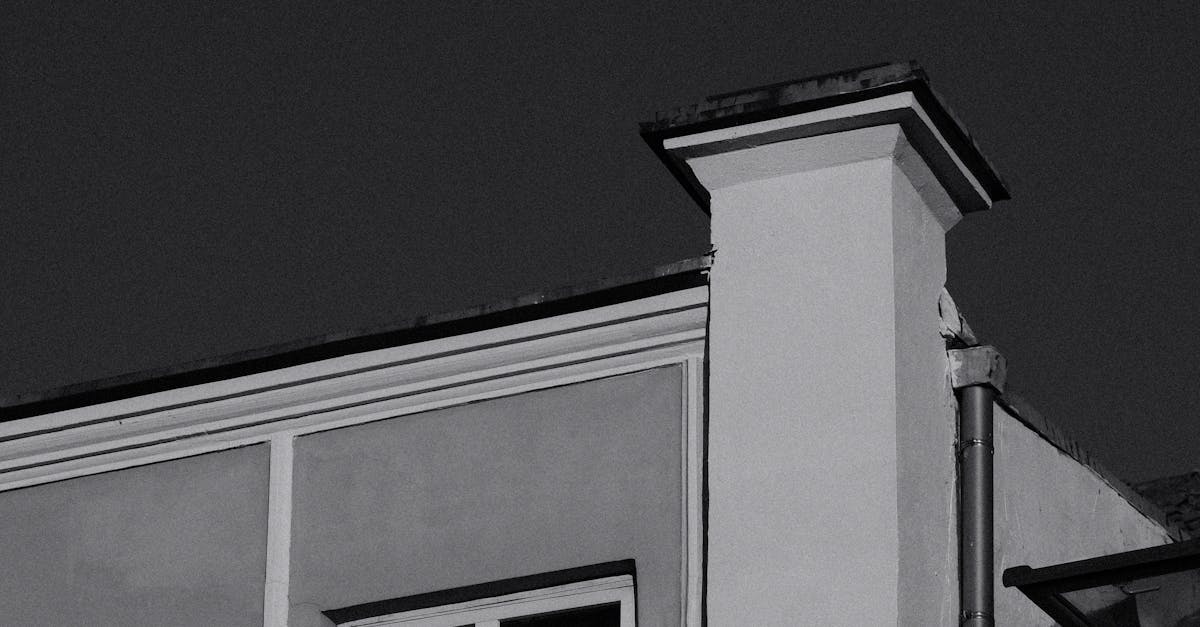
Durability of Passive House Components in High Humidity Environments
Table Of Contents
Common Challenges Faced by Passive House Components in High Humidity Environments
Passive house components encountering high humidity environments often confront a range of challenges that can compromise their performance and longevity. Excessive moisture levels can lead to the growth of mold and mildew, causing potential health hazards and structural damage to the building. Additionally, high humidity can accelerate the deterioration of building materials, such as wood, insulation, and finishes, leading to decreased durability and efficiency of passive house components over time.
Moreover, in high humidity environments, there is a heightened risk of condensation forming on interior surfaces of passive house components. This condensation can not only degrade the materials but also reduce the thermal performance of the building envelope. Furthermore, prolonged exposure to moisture can impact the airtightness of the building, potentially resulting in increased energy consumption due to the loss of heat or cool air through leaks in the passive house system.
Addressing MoistureRelated Issues for LongTerm Sustainability
Passive house components in high humidity environments often face challenges related to moisture accumulation. This can lead to issues such as mold growth, deterioration of materials, and reduced indoor air quality. To ensure the long-term sustainability of passive house structures in such climates, it is crucial to address these moisture-related concerns effectively.
One approach to combat moisture-related issues is the incorporation of proper ventilation systems that facilitate the exchange of indoor and outdoor air. By promoting air circulation, excess moisture can be removed from the indoor environment, reducing the risk of mold and decay. Additionally, using moisture-resistant materials during construction can help prevent water damage and prolong the lifespan of passive house components. By implementing these strategies, passive house owners can enhance the durability of their buildings in high humidity environments.
Sustainable Design Approaches to Enhance Durability of Passive House Components
Sustainable design approaches play a crucial role in enhancing the durability of passive house components in high humidity environments. By incorporating eco-friendly features into the design, such as natural ventilation systems and green roofs, passive houses can better withstand the challenges posed by moisture. These sustainable design elements not only improve the overall resilience of the building but also contribute to a healthier indoor environment for occupants.
Another effective strategy to enhance the durability of passive house components in humid climates is to utilise durable materials that are resistant to moisture damage. Materials such as moisture-resistant timber, fiber cement cladding, and high-quality insulation can help prevent issues like mould growth and rot. By selecting materials that are specifically designed to withstand high humidity levels, passive houses can maintain their structural integrity and performance over the long term.
Incorporating EcoFriendly Features for Resilience in Humid Climates
onsider for passive house components in high humidity environments is the integration of green roofs. Green roofs not only provide insulation and reduce energy consumption but also help manage moisture levels by absorbing excess water during rainy periods and releasing it slowly, thus reducing the strain on the building's infrastructure. Additionally, green roofs contribute to improved air quality and biodiversity, further enhancing the sustainability of passive houses in humid climates.
Monitoring and Controlling Humidity Levels for Optimal Performance of Passive House Components
Passive house components in high humidity environments require meticulous monitoring and control of humidity levels to ensure optimal performance and longevity. Excessive moisture can compromise the structural integrity of the building, leading to issues such as mould growth, material degradation, and decreased energy efficiency. To address these challenges, passive house designs must incorporate effective strategies for humidity regulation.
How can moisture-related issues be addressed to ensure long-term sustainability of passive house components in high humidity environments?
Moisture-related issues can be addressed by implementing proper ventilation systems, using moisture-resistant materials, and conducting regular maintenance to prevent moisture buildup and damage.